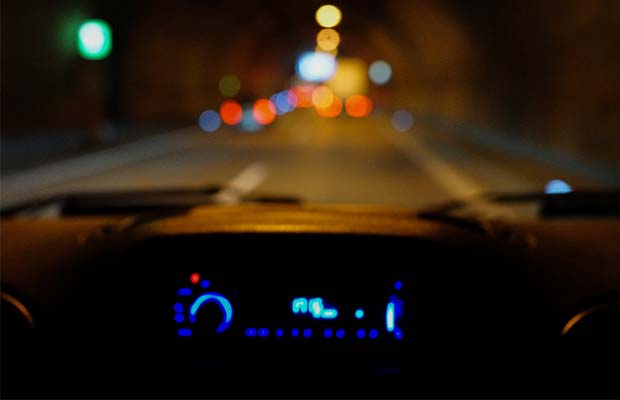
Legal
Federal Study Finds Stoned Driving Limits Need Adjusting
Stoned driving may not be as much of a detriment to public safety as originally believed, according to a new federal study published by the National Institute on Drug Abuse.
The government agency, which has been attempting to prove cannabis to be a useless drug for many years, issued a report that supports previous federal findings that suggests alcohol is more dangerous when used behind the wheel than its leafy counterpart.
Using the National Advanced Driving Simulator at the University of Iowa, researchers explored the intoxicating effects of cannabis and alcohol on 18 people who claimed to smoke marijuana no more than 12 times per month. These candidates were asked to either vaporize cannabis or consume alcohol, while others were given a placebo.
Interestingly, researchers found that it takes 13.1 nanograms of THC per milliliter of blood to make a driver act in the same sloppy manner as one registering a blood alcohol content of 0.08 percent – the legal limit across most of the nation.
It’s worth noting that 13.1 ug/L THC is over twice the 5 ug/L standard that is currently being used to declare impairment in Colorado and Washington.
Although these findings imply that more consistent cannabis users could likely have a higher concentration of THC in their system before displaying signs of intoxication, leader researcher Marilyn Huestis believes that more research needs to be done before the government is able to definitively establish that the current 5ug/L limit should be raised.
During a recent interview with Time Magazine, Huestis said that she believed the 5-nanogram restriction wasn’t a harsh enough limit for those with a lower tolerance.
Yet, according to Jacob Sullum, senior editor for Reason, the current inebriation cutoff really only prevents regular users, including medical marijuana patients, from being legally allowed to drive at all.
Researchers also discovered that when mixed with alcohol, cannabis had a more intoxicating effect, causing the 5-nanogram THC limit to cause swerving in a manner comparable to a BAC of 0.08 percent. Other aspects of operating a vehicle that are typically used to judge impairment, including lateral acceleration and lane departures, were not affected by marijuana.
Do you drive stoned? Tell us in the comments below.






















